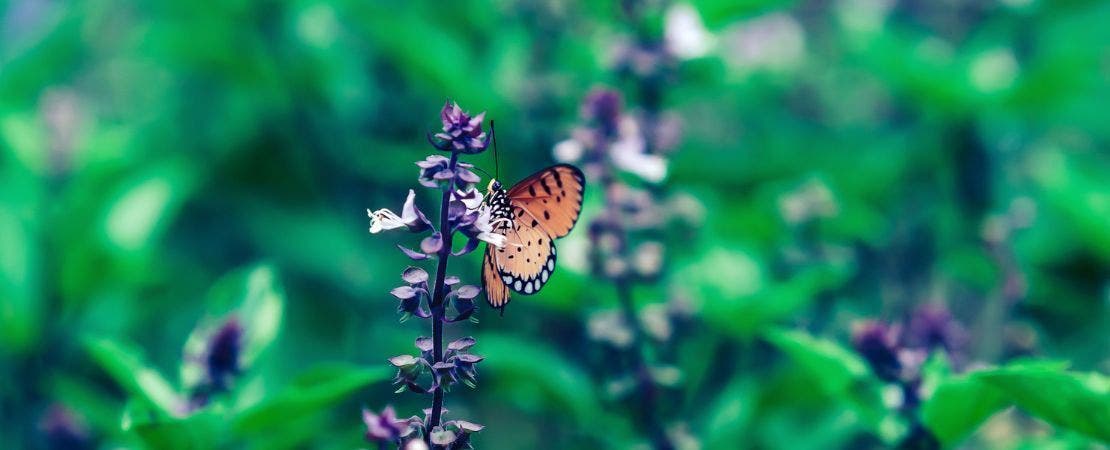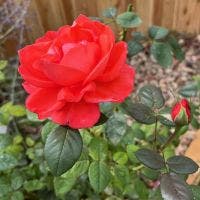More Reasons to Have a Flower Garden: Pollinators
As much as we love to admire and sniff them, flowers aren’t just for our enjoyment. They are essential elements of the ecosystem. Winged bugs of all stripes love and depend on flowers for nutrition and survival. Let’s do our part to nurture a robust pollinator population by planting the right varieties that benefit them most.
The Basics
What attracts pollinators to flowers?
- Scent – bees and butterflies can’t resist fragrant flowers (neither can we!)
- Color – see the colorful list below for pollinator's favorites
- Flower shape – hummingbirds prefer tubular shaped blooms, while bees prefer flat open flowers
- High pollen/nectar – some plants are pollen-less while others have a type of pollen that isn’t spread by pollinators, but by the wind.
If bringing pollinators to your garden is on your list, keep these things in mind when choosing flowers for your garden.
Tips for Attracting Pollinators
- Choose native species and wildflowers – wildflowers get bad press for seeming ‘weedy’ but these kinds of plants are what your local pollinators are used to and are the most beneficial to those populations.
- Plant flowers away from high traffic areas – the less disruption from humans, animals and machines the better. You don’t like being pestered while you’re trying to eat do you?
- Provide water and “puddling” stations – pollinating is thirsty work! Bees often get dehydrated during the day, so leaving them some shallow pools of clean water helps them tremendously. Add small stones to the pool so that they have something to stand on while they drink.
- Avoid using pesticides – try natural remedies to deter the “bad” bugs and invite “good” bugs to even the score (ie: don’t kill spiders and other pest predators if you can manage it.)
- Plant colorful and fragrant flowers for best results
- Bees’ favorite colors are violet and blue
- Hummingbirds’ favorite color is red followed by purple and orange
Popular Plants Pollinators Love
- Monarda (Bee balm)
- Buddleia (Butterfly bush)
- Echinacea (Coneflowers)
- Asclepias (Butterfly Weed)
- Kniphofia (Red Hot Poker)
- Lonicera (Honeysuckle)
Don’t forget about the other guys!
Although bees, butterflies and hummingbirds are the most favored pollinators in the garden, they certainly aren’t the only ones benefitting your garden.
Other Pollinators
- Bats
- Moths
- Flower flies
- Beetles
- Dragonflies
These other bugs may not by as well known, but they all play an important role in your garden despite their lack of popularity. Most of the insects on the list above suffer from misinformation and a general distaste due to their looks. Don’t judge a bug by its cover! Instead, plant night blooming plants like moonflowers which attract moths and night time bugs. Don’t limit yourself to the daytime – let your landscape shine even at night!












